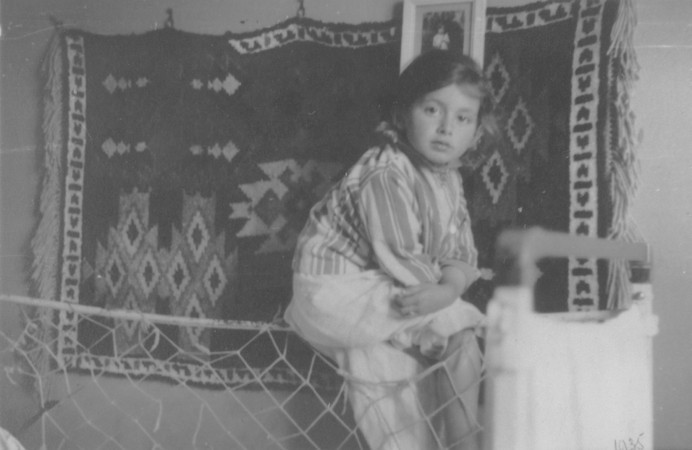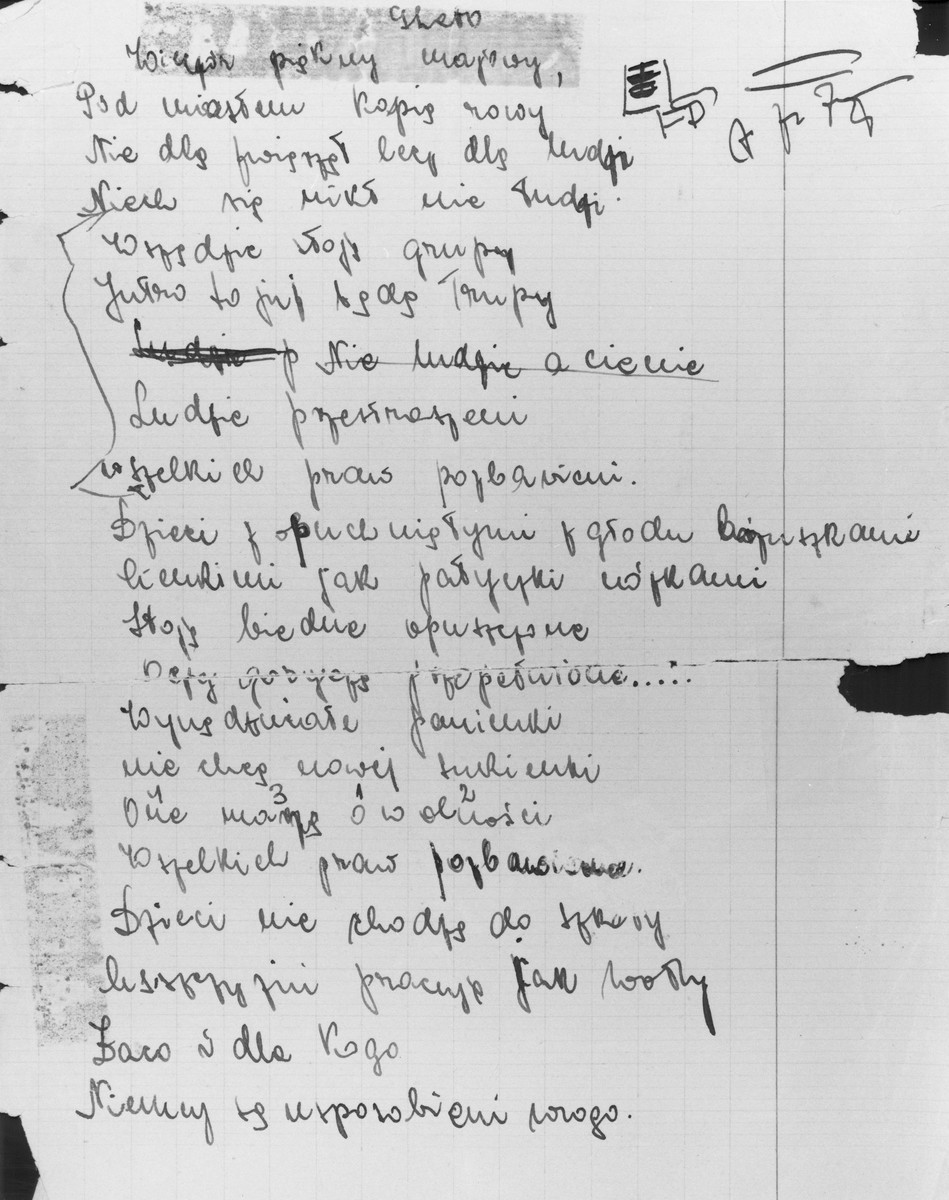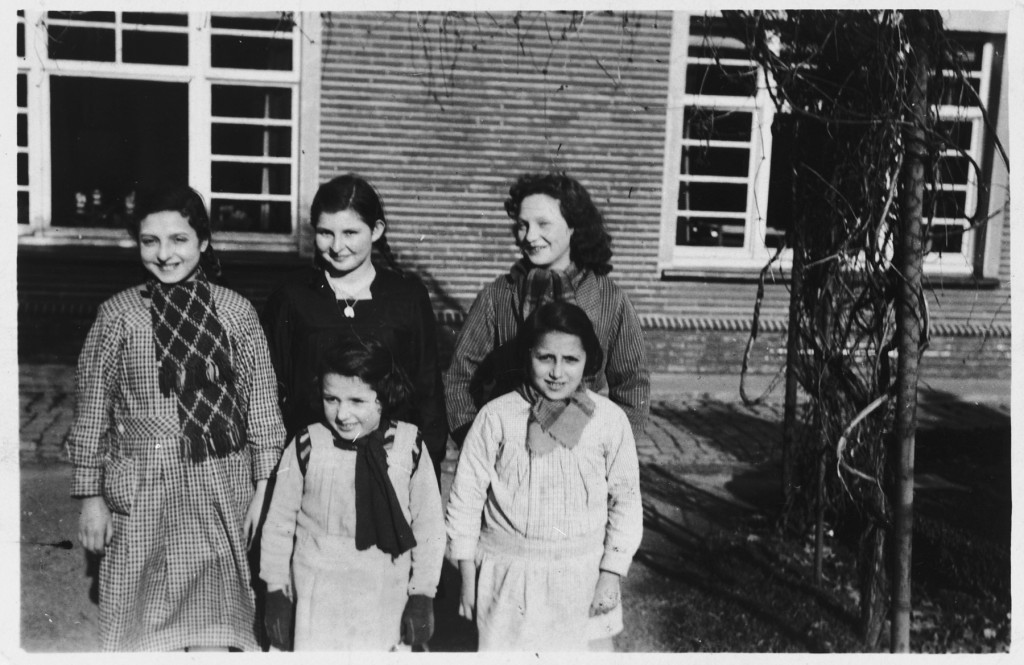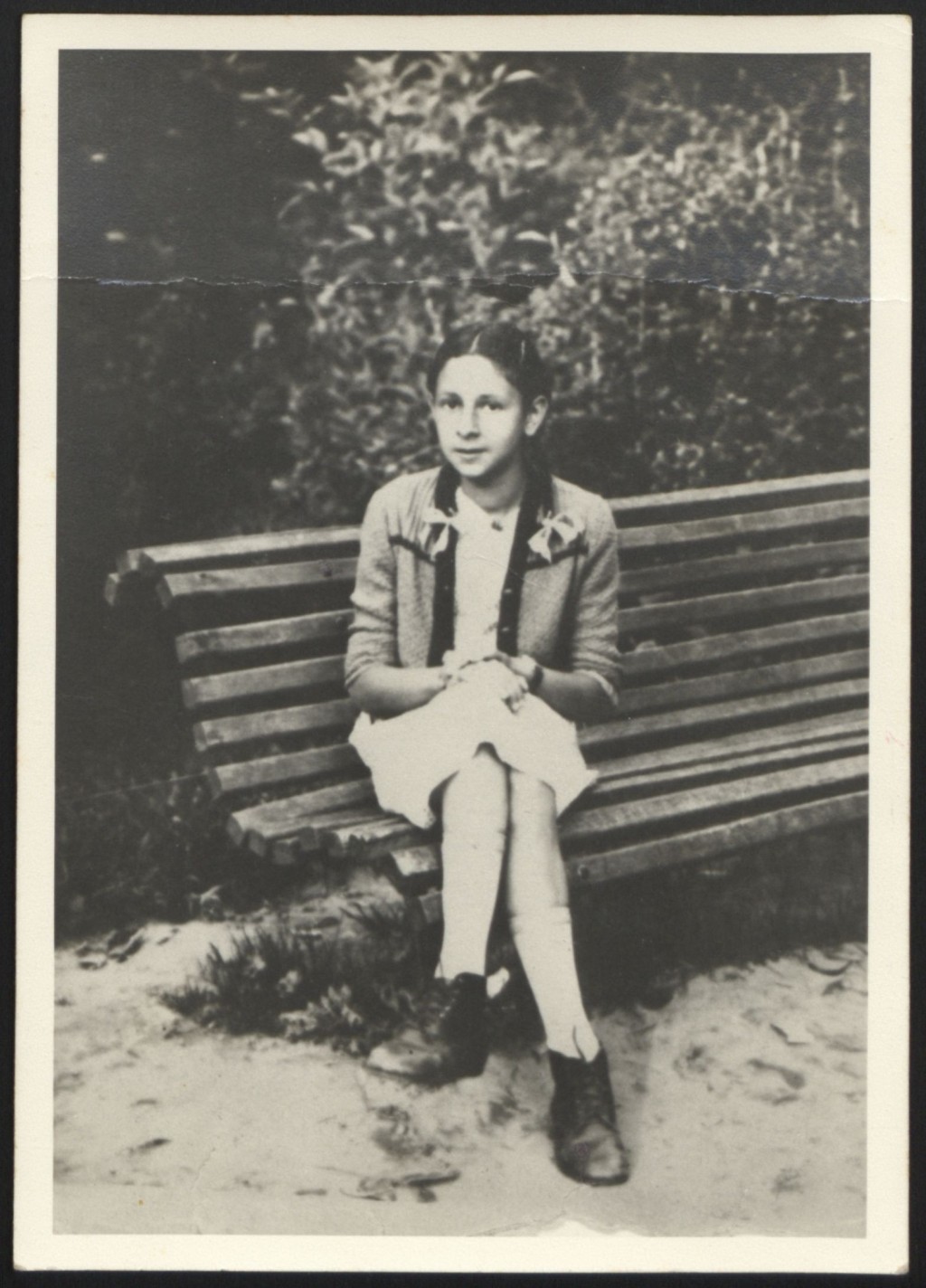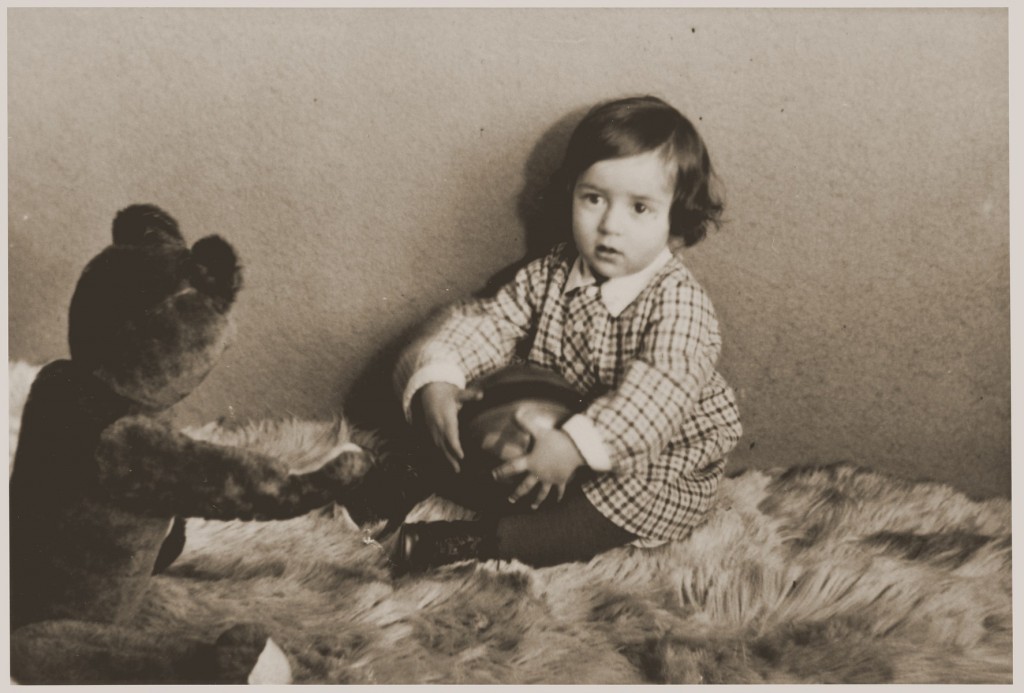
Hidden Children: Hardships
During the Holocaust, some children went into hiding to escape Nazi persecution. With identities disguised, and often physically concealed from the outside world, these youngsters faced constant fear, dilemmas, and danger. Hidden children and their rescuers faced overwhelming challenges and hardships.
Parents, children, and rescuers faced daunting challenges once the decision was made to go into hiding. Some children could pass as non-Jews and live openly. Those who could not had to live clandestinely, often in attics or cellars. Children posing as Christians had to carefully conceal their Jewish identity from inquisitive neighbors, classmates, informers, blackmailers, and the police. Even a momentary lapse in language or behavior could expose the child, and the rescuer, to danger.
Living as a non-Jew required false identity papers, which were difficult to obtain in German-occupied Europe and were subject to frequent review by the authorities. Over the course of the war, children often had to move from one refuge to another. For the children who had to leave their parents behind, the emotional pangs of separation were constant and the worries many.
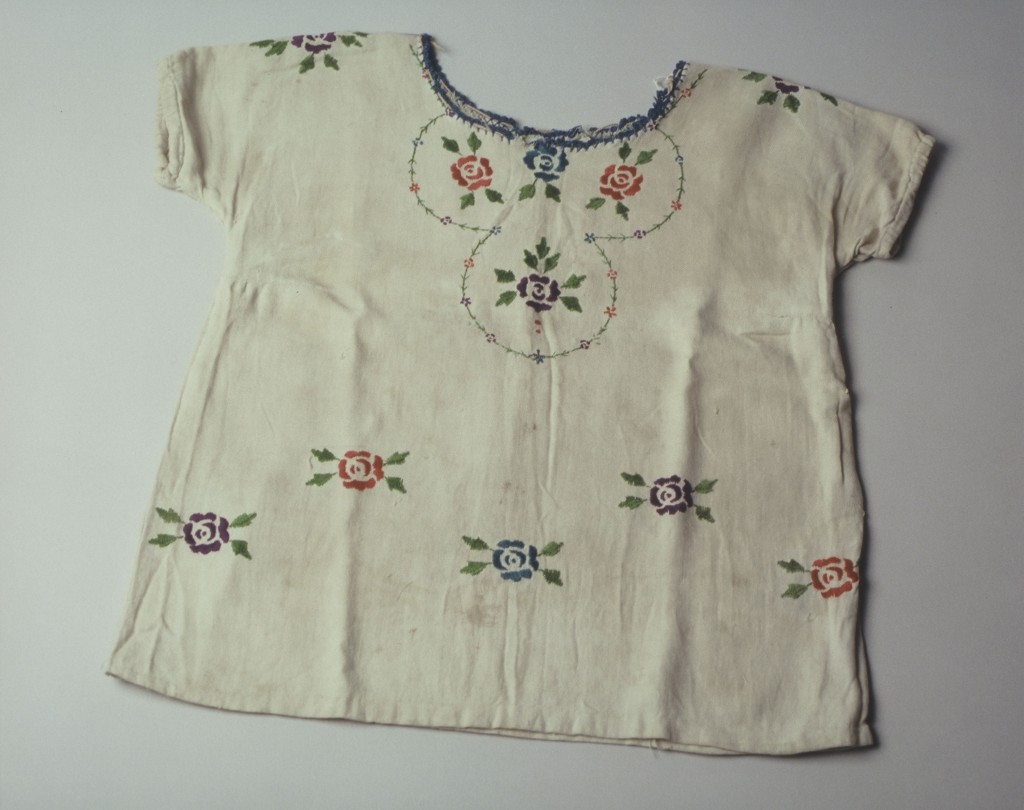
False Papers
For Jews to pass as “Aryans,” it was essential to have false identity papers, which were often gained through contacts with the anti-Nazi resistance. Using forged or acquired papers, such as a birth or baptismal certificate, Jews sometimes could obtain legitimate documents under an assumed name from the authorities. These ruses posed great risks to the bearer since the Germans and collaborating police forces closely examined identity documents in their frequent searches for Jews, resistance members, and individuals evading conscript labor.
I had to keep my Jewishness hidden, secret, never to be revealed on penalty of death. I missed out on my childhood and the best of my adolescent years. I was robbed of my name, my religion, my Zionist idealism.
—Regine Donner
Hiding Places

Not all Jewish children could pass as “Aryans” and enjoy relative freedom of movement on the outside. Those who “looked Jewish,” did not speak the local language, or whose presence in a rescuer's family raised too many questions had to be physically hidden. Children were kept in cellars and attics, where they had to keep quiet, even motionless, for hours on end. In rural areas, hidden children lived in barns, chicken coops, and forest huts. Any noise—conversation, footsteps—could arouse neighbors' suspicion and perhaps even prompt a police raid. During bombings, Jewish children had to remain hidden, unable to flee to the safety of shelters. Under these conditions, the children often suffered from a lack of human interaction and endured boredom and fear.
Circumcision
In a tradition dating back to the biblical patriarch Abraham, infant male Jews have been ritually circumcised as a sign of the Jewish people's covenant with God. Even during the bleakest days of Nazi persecution, Jews tried to observe this practice. Because non-Jews in continental Europe generally were not circumcised, German and collaborationist police commonly checked males apprehended in raids. For boys attempting to hide their Jewish identity, using a public restroom or participating in sports could lead to their discovery. More rarely, they underwent painful procedures to disguise the mark of circumcision or even dressed as girls.
Hiding under a Different Religion
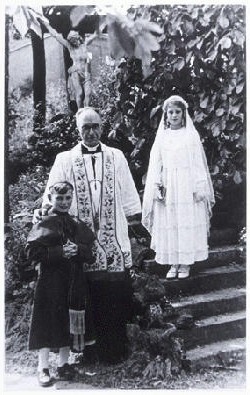
Thousands of Jewish children survived the Holocaust because they were protected by people and institutions of other faiths. Dozens of Catholic convents in German-occupied Poland independently took in Jewish youngsters. Belgian Catholics hid hundreds of children in their homes, schools, and orphanages, and French Protestant townspeople in and around Le Chambon-sur-Lignon sheltered several thousand Jews. In Albania and Yugoslavia, some Muslim families concealed youngsters.
Children quickly learned to master the prayers and rituals of their “adopted” religion in order to keep their Jewish identity hidden from even their closest friends. Many Jewish youngsters were baptized into Christianity, with or without the consent of their parents.
Multiple Rescuers
Finding a rescuer was quite difficult, particularly one who would take care of his or her charges for a period of years. Some individuals took advantage of a persecuted family's desperation by collecting money, then reneging on their promise of aid—or worse, turning them over to the authorities for an additional reward. More commonly, stress, anguish, and fear drove benefactors to turn out the Jewish children from their homes.
Organized rescue groups frequently moved youngsters from one family or institution to another to ensure the safety of both the child and the foster parent. In the German-occupied Netherlands, Jewish children stayed in an average of more than four different places; some changed hiding places more than a dozen times.
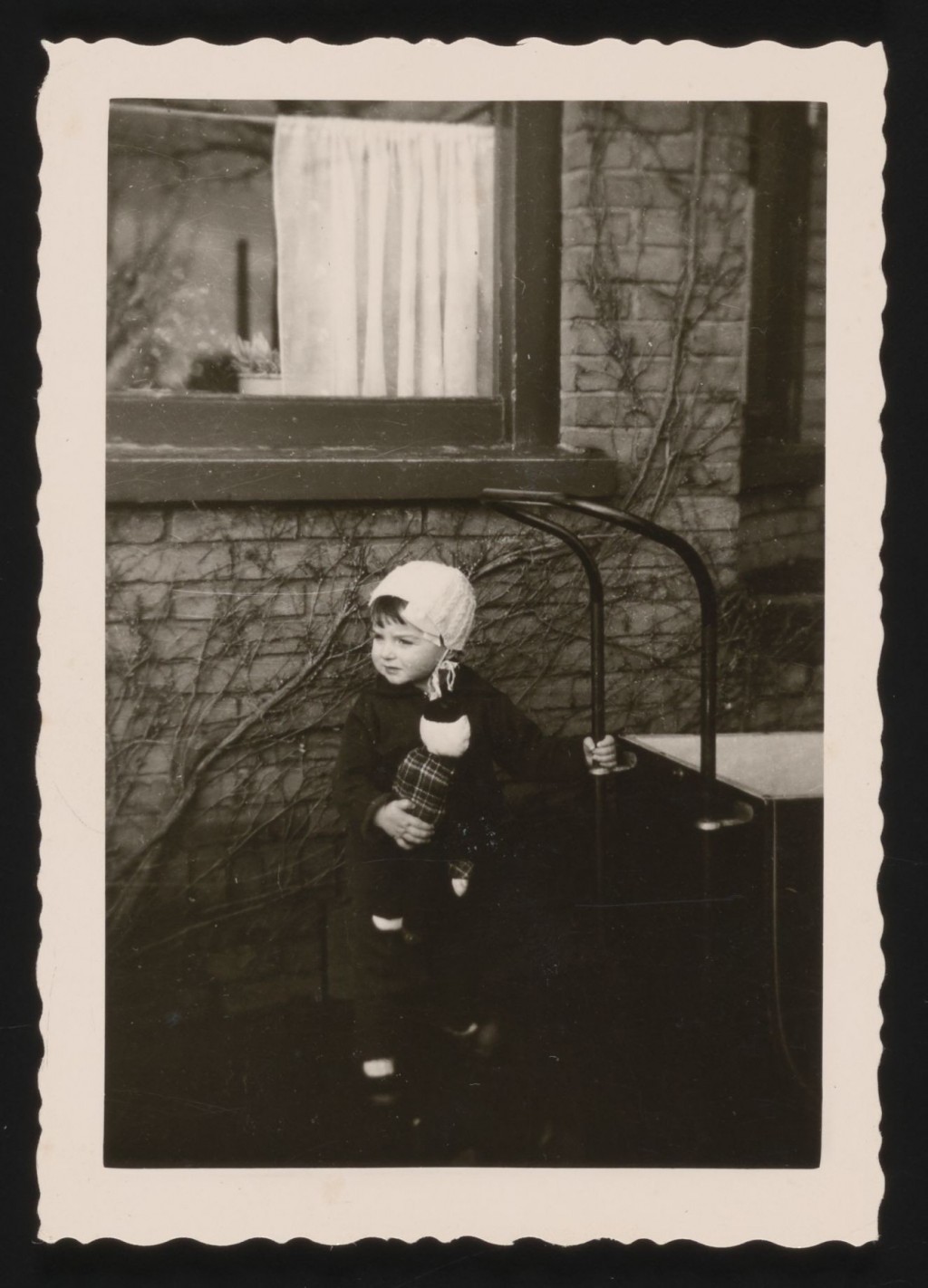
Separation from Family
Among the most painful memories for hidden children was their separation from parents, grandparents, and siblings. For a variety of reasons—the lack of space, the inability or unwillingness of a rescuer to take in an entire family, or the decision of the parents not to abandon other family members in the ghetto—many Jewish children went into hiding alone. In France, for instance, the OSE (Oeuvre de Secours aux Enfants, “Children's Aid Society”) was able to smuggle children, but not their parents, out of internment camps.
Separation tormented both parents and children. Each feared for the other's safety and was powerless to do anything about it. Youngster and parent often had to bear their grief in silence so as not to jeopardize the safety of the other. For many hidden children, the wartime separation became permanent.
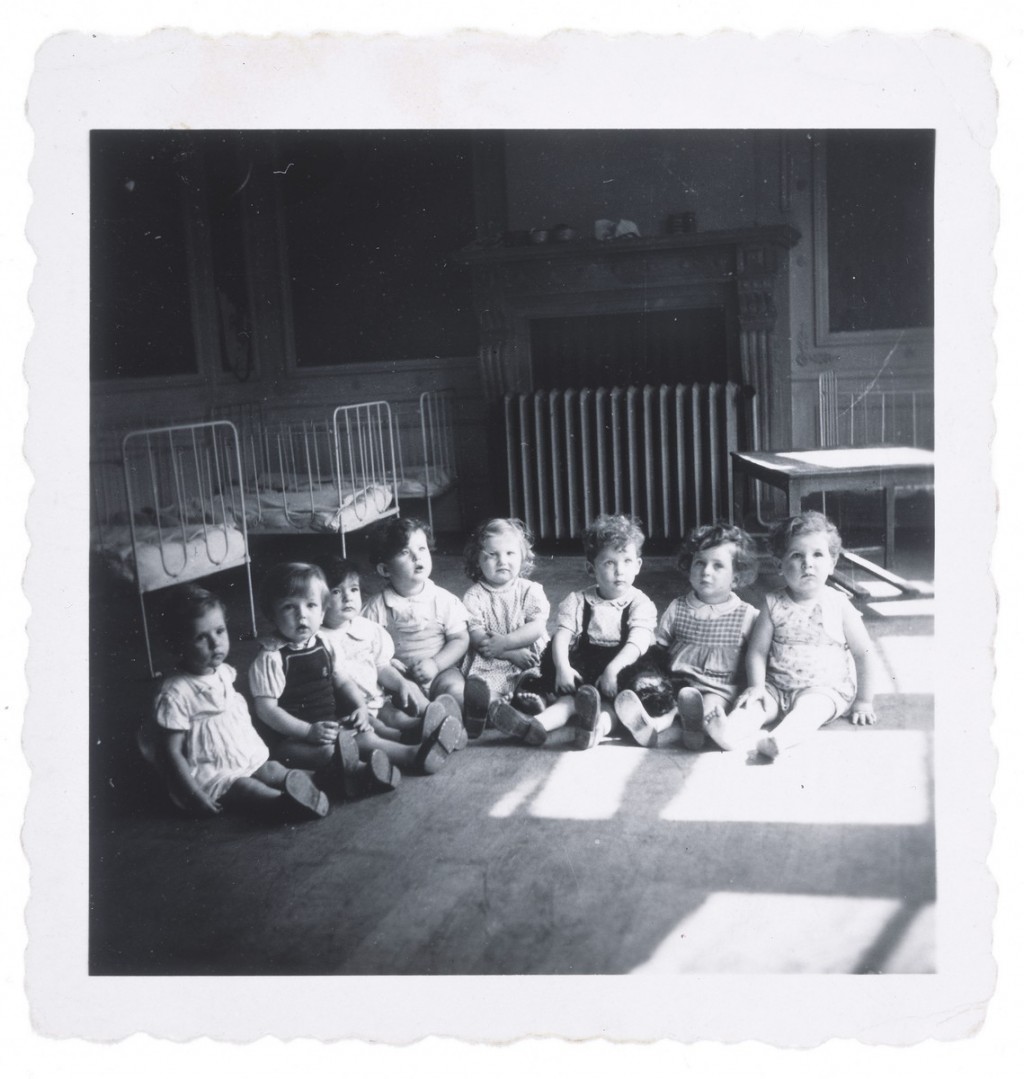
Security
A hidden child's safety and security demanded strict secrecy. Foster families created elaborate explanations for the presence of a new face in their home, identifying the child as a distant relative, friend, or surviving member of a bombed-out household. Convents and orphanages withheld youngsters' Jewish identities from documents, classmates, and staff. Organized rescue groups frequently moved children around and kept records in code to prevent their charges' discovery. In some rescue networks, parents were not permitted to contact their children or know their whereabouts.
The children themselves well understood the need for security. They kept away from situations where their true identity might be exposed, held fast to their false names and religion, and avoided mannerisms or language that might be construed as “Jewish” or foreign.
Abuse
Jewish children who lived in hiding generally were treated well by their rescuers. But not all youngsters had such experiences. Because they could not turn to local authorities for help or were afraid of being turned out, some children had to endure physical or sexual abuse by their “protectors.” Studies conducted in the Netherlands estimate that more than 80% of the hidden children interviewed were treated well by their rescuers, while 15% were occasionally mistreated, and some 5% were treated badly.
Critical Thinking Questions
- What pressures and motivations affected individuals or families who were considering hiding a persecuted child?
- How did the risks in hiding children vary from country to country? Why?
- How might the many hardships faced by hidden children affect them in the future?
- Investigate situations in other countries, past or present, in which endangered children were hidden by others.


